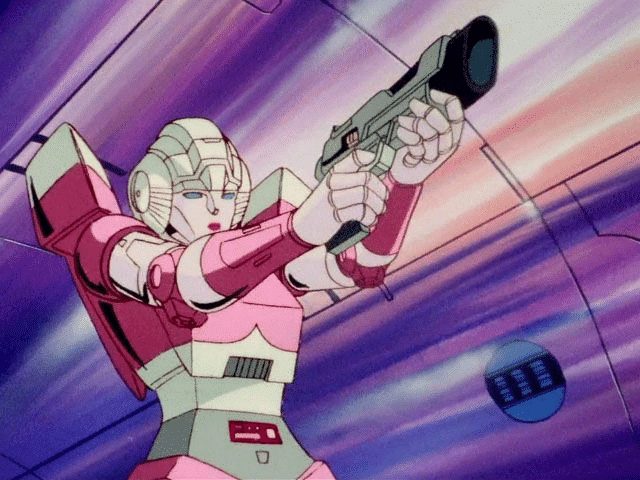
Find out how Transformers first eliminated gender inequality in the universe
Legends and rumors have always surrounded our favorite franchises, providing both mystery and controversy. In the case of Transformers, one of the lingering mysteries refers to the early absence of female characters in this series of transformable robots. Was it really Marvel Comics’ decision? Let’s solve this mystery together.
Creation and first steps
In the year 1983 was a key moment in the history of the Transformers, when Marvel Comics, under the leadership of Jim Shooter and Bob Budiansky, began to develop what we know today as the Transformers universe. The task was no small one: create an engaging narrative to accompany a toy line that would soon become a global phenomenon.
Bob Budiansky, who later became the writer of the Transformers comic series, brought the original characters to life. But did you know that the possibility of including female characters among these alien robots was first raised?
The influence of Hasbro
Despite Budiansky’s initial ideas, the inclusion of female characters was not approved by Hasbro. In an interview with Benson Yee, Budiansky recalls explicitly asking if any of the Transformers could be female. Hasbro’s response was clear: Transformers were boys’ toys, and they saw no need to integrate female robots into the line. This decision lasted until the 1986 film, when the first official female character, Arce, appeared, although Budiansky admitted that he did not fully understand this later inclusion.
What’s really interesting is how this decision reflects attitudes towards sex in toys and popular culture. The exclusion of female characters in the early years of Transformers can be seen as a reflection of a broader, culturally embedded view of what boys’ and girls’ toys should be.
The decision and its implications
Additionally, Budiansky revealed that Hasbro intended for one of the original Transformers to be female before saying otherwise. Budianski’s handwritten notes on the character Ratched (named after Nurse Ratched, a female character in the movie One Flew Over the Cuckoo’s Nest) suggest that Rat is a woman in the Transformers universe.
This revelation is a testament not only to the creative process behind the characters, but also to the complexities and challenges creators face in balancing their artistic vision with market demand and consumer demand.
The impact of creative decisions on doll culture
Bob Budianski was not only a pillar in the creation of the Transformers universe, he tried to incorporate diversity from the start. Their initial approach was to make Ratchet, one of the original characters, a woman, which would have been a significant example of gender representation in toys at the time. This experiment was unusual at the time, especially in products aimed primarily at children, showing a sense of inclusion.
If you compare this situation to contemporary franchises like Star Wars or GI Joe, which have faced similar debates over gender diversity, the way Transformers has finally incorporated significant female characters into its narrative stands out. Arcee’s inclusion in the 1986 film can be seen as a late, albeit late, turning point in character representation in the world of toys and animated series.
The legacy of robotics
The history and evolution of Transformers from simple action figures to cultural icons is a tale of innovation, marketing and culture. The initial decision to exclude female characters, dictated by commercial rather than narrative considerations, evolved and reflected a societal shift that demanded gender equality in all media, including toys and animated series.
This fascinating part of the Transformers puzzle not only gives us a window into the past, but allows us to ponder how decisions made in boardrooms have the power to shape the narratives and perspectives of generations.

